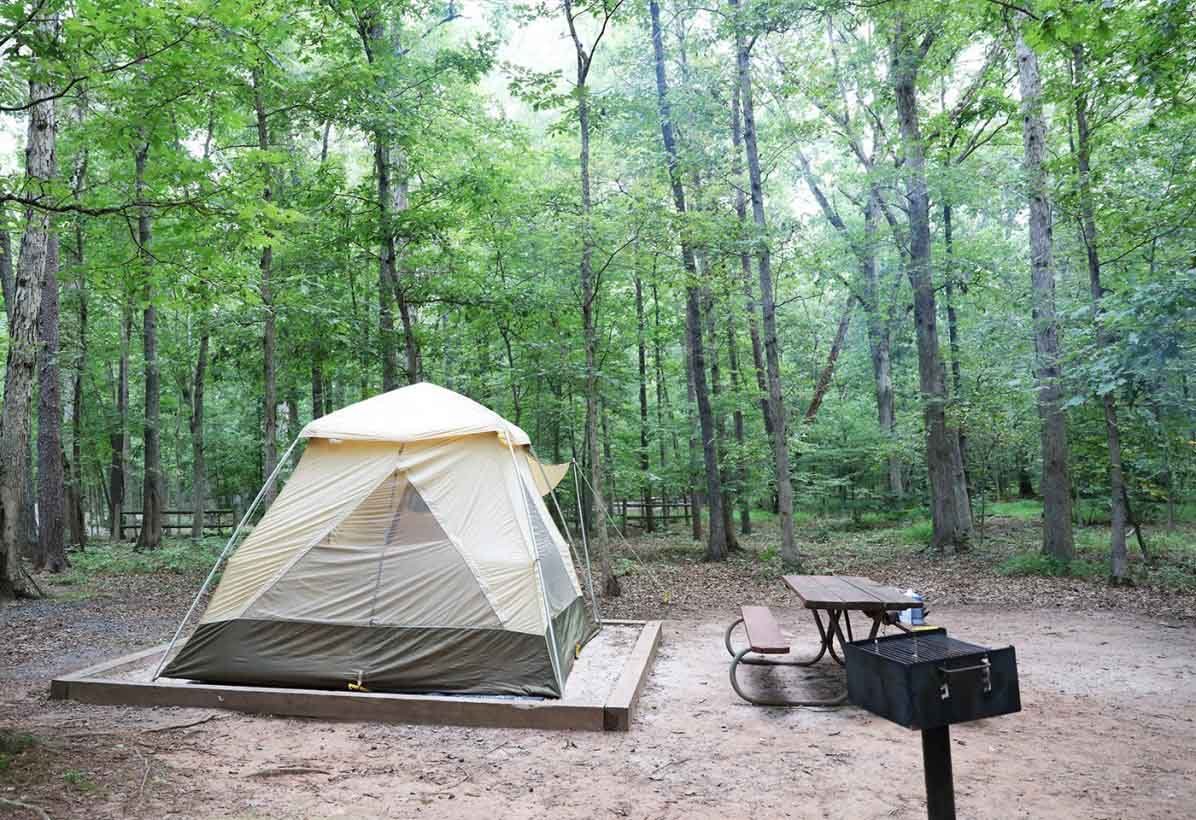Published Articles
John Carlyle’s Mysterious “Picture of Bates” - January 2008
Since the museum’s staff first began looking to the “Inventory of Colo John Carlyles Estate Real & Personal taken 13th Novmr 1780” to glean information about the furnishings of his Alexandria home, there has been one item listed that has eluded identification: “1 Picture of Bates.” Combined with “3 Tom hawkes,” the picture of “Bates” was assessed at “3” shillings in “Specieð.” This image of “Bates” must have been so recognizable to the general public of the time that its subject needed no further explanation for identification by the appraisers of Carlyle’s estate. Unfortunately, nearly 230 years after Carlyle’s “Estate Real & Personal” was recorded by his son-in-law William Herbert and his cousin Charles Little, the subject of the “Picture of Bates” has remained a mystery.
The Role of Family Portraiture at the Carlyle House - February 2008
Among the most tangible links to the eighteenth century in the Carlyle House collection today are the “3 family pictures” listed between a collection of looking glasses and prints on John Carlyle’s 1780 inventory. Although they were never guests of their American family in Alexandria, William, Rachel, and George Carlyle nonetheless play an important role in our understanding of the life of John Carlyle. In addition to simply providing “faces” to go with the names, their portraits also serve to illustrate the role of family portraiture among the provincial elite. As can be imagined, the ordinary Virginian of the colonial period could not afford to commission a portrait. The collection of three displayed in his fine high Georgian-Palladian home, in addition to his painted in the colonies and sent to Great Britain, demonstrate Carlyle’s aspirations towards gentility and a means by which he meant to convey his status in the New World as well as the Old.
New Research Provides Additional Insight Into the Life of Doctor George Carlyle - March 2008
It has been established that George Carlyle r e c e i v e d his academic training as a physician at Leiden University, located in present day South Holland, The Netherlands. George was 21 years old at the time he received his m e d i c a l “qualifications” in 1736. Assuming William Carlyle planned his son’s future, the question arises regarding why he would choose to send George to the Netherlands to be trained as a physician when it had long been thought a high-quality medical education was available across the border in Scotland. The answer may be twofold. At the time George was preparing to attend medical school in the early 1730s, Leiden was recognized as Europe’s pre-eminent medical school, particularly amongst Englishmen, and had been since the 1580s.
Blooding at Great Meadows: Young George Washington and the Battle that Shaped the Man - April 2008
Alan Axelrod’s book, Blooding at Great Meadow: Young George Washington and the Battle that Shaped the Man, covers the two years in George Washington’s life, 1753 and 1754, immediately preceding General Edward Braddock’s arrival at Carlyle House in March 1755. George Washington’s exploits during those eventful two years set the stage for General Braddock’s expedition to America.
The Story of the Carlyle Bedstead - May 2008
Monticello is undertaking a total reappraisal of the furnishing and interpretation of the South Pavilion, the first structure on the property and the site where Thomas and Martha Jefferson spent a substantial portion of their early married life. This exciting project has been going on for over two years. A key component of this reinstallation is the bedstead and curtains that will dominate this intimate space. We are delighted to announce that John Carlyle’s bedstead was chosen as the prototype for the Jeffersons’ bed because it is such a rare and important example of American-made 18th-century furniture.
Recreating Sarah Carlyle’s Dress - June 2008
In the never-ending quest to uncover more of the history of Carlyle House, the staff is currently engaged in an extensive new project focused on the women of Carlyle House. Some of you may already know that Carlyle House has in its collection pieces of the dress believed to have been worn by Sarah Fairfax at her wedding to John Carlyle in 1747. Family history states that the dress was remade in a more “modern” style for Sarah Carlyle Herbert, John and Sarah Carlyle’s longest-surviving daughter, in the 1790s; the dress was subsequently taken apart and pieces were handed out to female descendants. Thanks to the generosity of current Carlyle descendants, the museum now has six pieces of this dress (one of which is a loan), and the staff is planning to have a recreations of the original dresses made both for display and as part of a wedding reenactment. We are also coordinating a series of events on women’s history based around the dress and the women of Carlyle House, especially Sarah Fairfax Carlyle and Sarah Carlyle Herbert. We are thrilled about the prospect of being able to show visitors, up close and personally how Sarah and her daughter dressed- from the style right down to the actual fabric pattern. These dresses will breathe new life into our interpretation of these women- who for so long have been silent- without portraits and few letters to illuminate their lives.
For Cause and Profit: The Private Ship General Mercer of Alexandria Pt. 1 - July 2008
From Massachusetts to Georgia the economies of Great Britain and Her estranged American c o l o n i e s were undeniably tied to the sea. The majority of colonial America’s population was situated in and around maritime mercantile centers like Boston, Providence, Philadelphia, Baltimore, Alexandria, Charleston and Savannah. The sources of revenue of the inhabitants of these ports and surrounding areas were likewise linked to the sea. The profession that was the impetus behind the growth of these mercantile ports along British-America’s Eastern Seaboard was that of the merchant -shipper, particularly ones like the wealthy and well connected Alexandria, Virginia merchant, Colonel John Carlyle, formerly of Carlisle, England.
For Cause and Profit: The Private Ship General Mercer of Alexandria Pt. 2 - August 2008
Next time you find yourself standing at the quiet Alexandria waterfront, perhaps on your way to dinner at the Chart House, pause and imagine large ships being built here, the noise and the crowds of a busy port town. One such ship was the General Mercer. The ship General Mercer was built in Alexandria, but as Captain Robinson’s letter to Franklin attests, states that she belonged “to Philadelphia.” This was not an unusual occurrence for a vessel to be constructed in a different place from where her owners resided. Though another reason why the General Mercer was constructed in an Alexandria shipyard may have been due to the occupation of Philadelphia from 1777 to 1778 by General Howe’s army. But the fact still remains that most privateers and, in some cases, merchantmen were owned by several men (sometimes from different locales) who shared in the profits, as well as in the inherent hazards of this sort of scheme. Without further research there is no way of knowing if John Carlyle owned or invested in privateers but it appears likely. The merchants Robert T. Hooe and Richard Harrison, partners in the firm “Hooe and Harrison” of Alexandria had letters of marqué issued to several of their vessels. It stands to reason that Carlyle would have done as his colleagues Hooe and Harrison and had his merchantmen put into service as privateers.
“Send me, Gods! a whole hog barbecu'd.” The History of Barbecue - September 2008
Many of us today celebrate summer with outdoor gatherings and cookouts. Like us, early Americans also took advantage of the warm weather and took their festivities out of doors. Especially in the Southern colonies, barbecues and “fish feasts” were enjoyed at all levels of society, from the enslaved to the planter class, and brought family and friends together the same way our modern outdoor reunions do today.
The Military Life of Major John Marjoribanks (1732-1781) - October 2008
While we know of George William Carlyle’s military service in 1781, not much is known of the British officer whose regiment was responsible for tragically ending George William’s brief life. Major John Marjoribanks (pronounced “March-banks”) has been considered a “hero” for his role in helping the British forces achieve an arguable victory from what appeared as a certain defeat at the Battle of Eutaw Springs in September 1781. His forthright actions at this Battle in South Carolina served as a culmination of a long military career.
Voting for “W” (No, not that George, . . . George Washington, 250 Years Ago!) - November 2008
John Carlyle is known as a successful merchant in colonial Virginia who helped establish the thriving northern Virginia town of Alexandria. He is also known as one who had several ties with George Washington (e.g., consignor of various goods, relationship with his brother by marriage, fellow Mason). Another tie was the support that John Carlyle (along with others) provided to a relatively young George Washington (at 26 years old) during his bid for one of the House of Burgesses seats for Frederick County in 1758.
Carlyle and the Tobacco Trade - December 2008
John Carlyle came to Alexandria from the northern England port town of Whitehaven to participate in the tobacco trade. There, in the late seventeenth century, Whitehaven merchant Richard Kelsick initiated the port’s tobacco trade with a series of successful trading voyages . By the time John Carlyle arrived in Virginia the merchants of Whitehaven had grown their trade in tobacco from 1,639,193 pounds in 1712 to 4,419,218 pounds by 1740.


